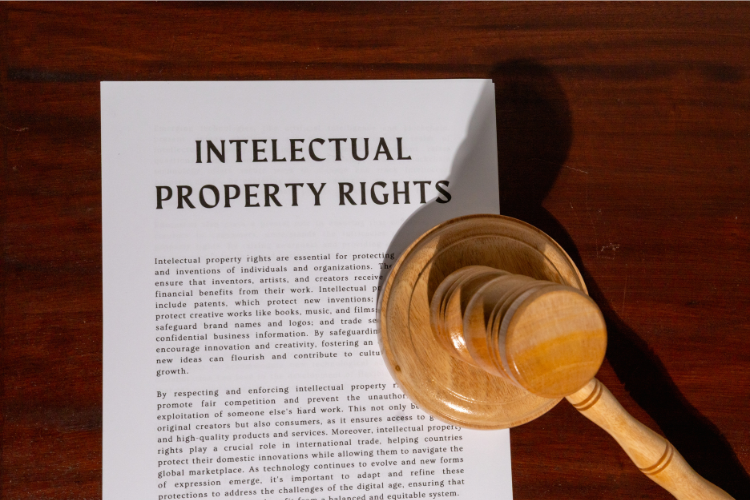Joshua’s latest article, Inter Partes Review Estoppel under 35 U.S.C. § 315(e), was published on February 6, 2025, in LexisNexis Practical Guidance.
The article can be found on lexisnexis.com here (subscription needed): https://advance.lexis.com/api/permalink/ce617ecf-c6c9-4a8c-8685-bf31dad6b9e3/?context=1000522
This practice note provides a comprehensive analysis of Inter Partes Review (IPR) estoppel under 35 U.S.C. § 315(e). It serves as a guide for patent litigators regarding the limitations on future patent invalidity arguments once an IPR proceeding before the Patent Trial and Appeal Board (PTAB) reaches a final written decision.
Key Topics Covered:
- IPR Estoppel Triggers
- Estoppel applies when an IPR concludes with a final written decision under 35 U.S.C. § 318(a).
- A petitioner cannot unilaterally withdraw an IPR to avoid estoppel once the review has been instituted.
- Who Is Estopped?
- Estoppel applies to the IPR petitioner and its real parties in interest or privies.
- It prevents a petitioner from circumventing estoppel by forming a separate company or using a proxy to file.
- What Proceedings Are Estopped?
- Estoppel prevents a petitioner from requesting another IPR or any post-grant proceeding before the USPTO to challenge the same patent claims.
- It also bars invalidity arguments in subsequent district court litigation or International Trade Commission (ITC) proceedings.
- What Grounds of Invalidity Are Estopped?
- Estoppel applies only to prior art patents and printed publications that were raised or reasonably could have been raised during the IPR.
- It does not apply to invalidity arguments based on indefiniteness, derivation, inequitable conduct, or physical prior art products.
- Scope of Prior Art Considered Under Estoppel
- The PTAB applies a test: whether a skilled searcher conducting a diligent search could have been expected to find the prior art reference.
- This means patent publications and widely accessible sources are more likely to trigger estoppel than obscure or hard-to-find documents.
- Estoppel Considerations When Filing an IPR Petition
- Petitioners should conduct a comprehensive prior art search before filing to ensure the strongest invalidity arguments are included.
- A weak IPR petition may do more harm than good by triggering estoppel without effectively invalidating the patent.
- How Patent Owners Can Use IPR Estoppel Defensively
- Patent owners can use estoppel as a strategic tool to prevent accused infringers from raising invalidity arguments after losing an IPR.
- In litigation, they can move to dismiss invalidity defenses that could have been raised in the IPR.
Strategic Implications:
- For Defendants in Patent Cases: IPR can be a valuable tool to challenge a patent but carries the risk of estoppel, limiting future defenses.
- For Patent Owners: IPR estoppel can be leveraged to strengthen the enforceability of their patents in litigation.
This document provides a practical legal guidance for attorneys navigating the complex interactions between PTAB proceedings and district court litigation.


